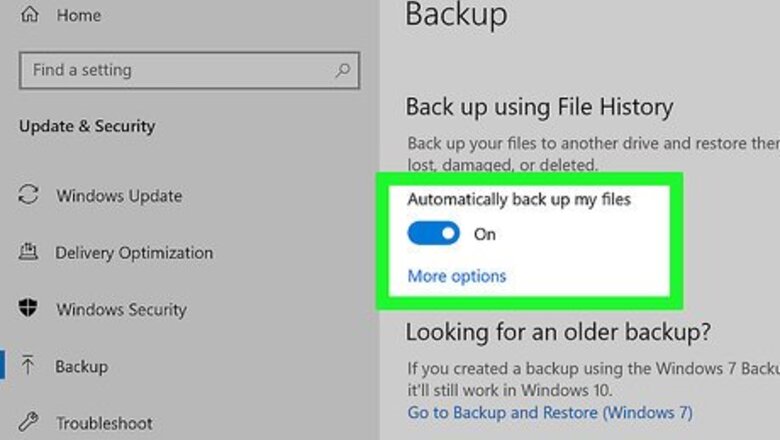
views
Getting Started

Back up your computer. Since you'll be replacing your computer's operating system with Linux, it's good practice to back up your computer's files and preferences, even if you don't want to keep them on Linux. This way, if something goes wrong during setup, you'll be able to restore your computer. You will need a USB drive that's at least 4GB large to install Linux Mint.

Check your Mac's processor type. Skip this step on Windows. Linux can only be installed on Macs that have Intel processors. To check, click the Apple menu Mac Apple, click About This Mac, and look for the "Processor" heading. You should see "Intel" listed in the processor's information; if you don't, you can't install Linux on your Mac.
Download the Linux Mint ISO file. Go to https://linuxmint.com/download.php, and click Download next to the desktop environment you want to try. The most popular option is Cinnamon, but MATE and Xfce may run faster on slower systems. Then, click a download link to start the download.
Download a program that creates bootable USB drives. This will depend on your operating system: Windows - Go to https://www.pendrivelinux.com/universal-usb-installer-easy-as-1-2-3/, scroll down, and click Download UUI. Mac - Go to https://etcher.io/ and click Download Etcher.
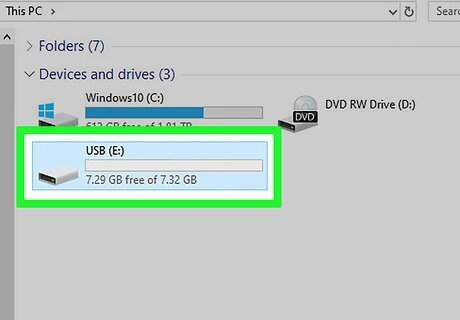
Insert a USB flash drive into your computer. Plug the flash drive into one of your computer's USB ports, which can usually be found on the side or back of the computer. On a Mac, you may need a USB-C flash drive (or a USB 3 to USB-C adapter).
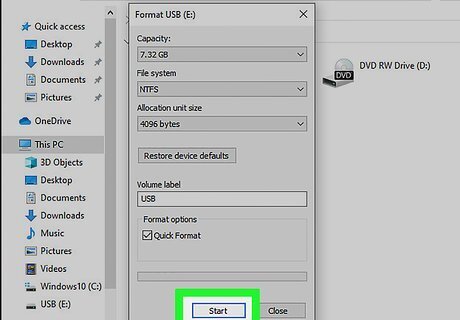
Format the USB flash drive. This will erase the flash drive and make it compatible with your computer. Make sure that you choose the correct file system: Windows - Select NTFS for the file system. Mac - Select Mac OS Extended (Journaled) for the file system.
Preparing to Install (Windows)
Install your USB burning program. Double-click the file you downloaded, and follow the on-screen instructions to install.
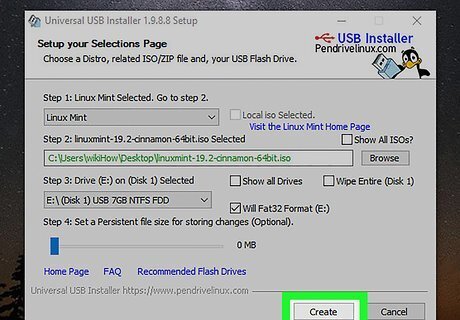
Create a bootable USB. Click the "Step 1" drop-down menu and click Linux Mint, then do the following: Click Browse Click your Linux Mint ISO file. Click Open Click the "Step 3" drop-down box. Click your USB flash drive's letter. Click Create in the bottom-right corner. Click Yes when prompted.
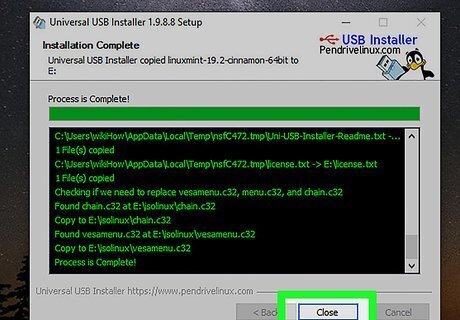
Close UUI and restart your PC. Click the Close button when it becomes available. You can now install Linux Mint from the flash drive. To restart your computer, click the Start button, click the Power icon, then click Restart.
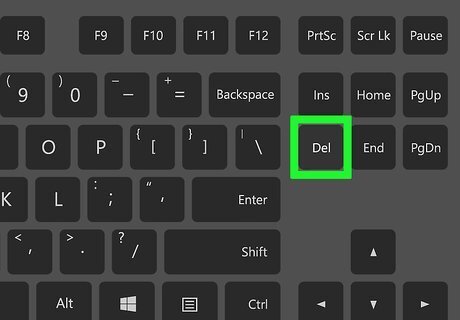
Immediately press the BIOS key. This key is usually one of the F keys (e.g., F2), Esc, or Del. You'll need to press this key before the Windows startup screen appears. The key that you're supposed to press may briefly be listed at the bottom of the screen. You can check your computer's manual or documentation online in order to see which key you need to press. If you see the startup screen, you'll need to restart the computer and try again.
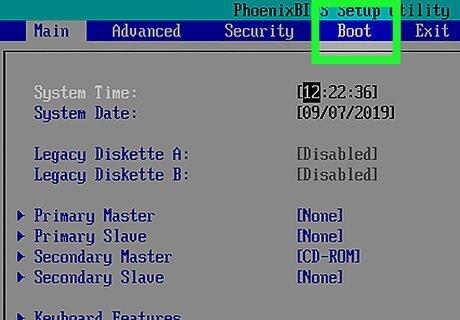
Find the "Boot Order" section. On most computers, you'll use the arrow keys to select the "Advanced" or "Boot" tab to do this. Some BIOS models have the boot order options on the initial page on which you arrive.
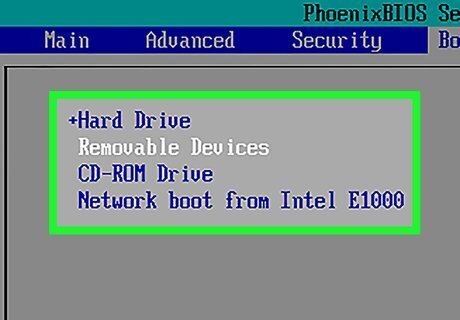
Select your USB drive. It should be labeled "USB Drive", "USB Disk", or "Removable Storage" (or something similar). Again, use the arrow keys to select the appropriate option.
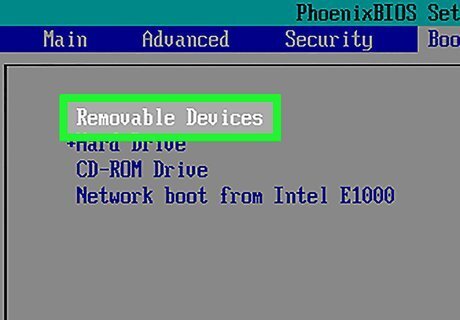
Move the drive to the top of the boot list. With the "USB Drive" (or similar) option selected, press the + key until the selected option is at the top of the boot list. If this doesn't work, check the key legend on the right side (or bottom) of the screen to see which key you should press to move the selected option.

Save and exit. For most BIOS pages, you'll press a key to do this; check the on-screen key legend to see which key you need to press. Once you save and exit, you should arrive at the Linux boot screen. On some computers, you'll have to press another key to confirm the changes when prompted.
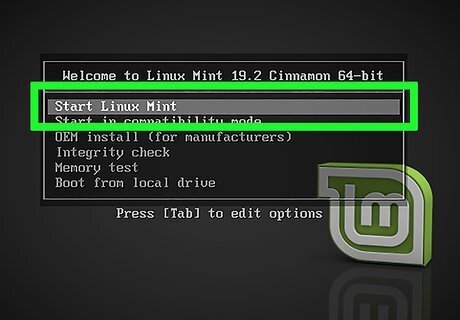
Select the "Linux Mint" option once you reboot. The wording will vary slightly depending on the version of Linux Mint and your computer's bit number. The wording will vary slightly depending on the version of Linux Mint and your computer's bit number. Don't select the "acpi=off" version of Mint.
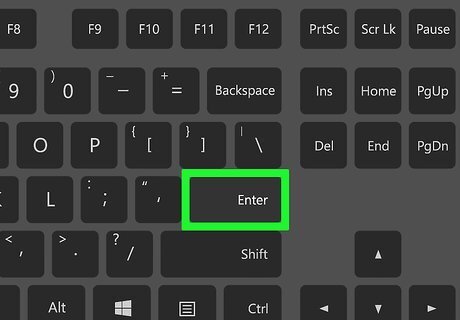
Press ↵ Enter. This will set up the installer.
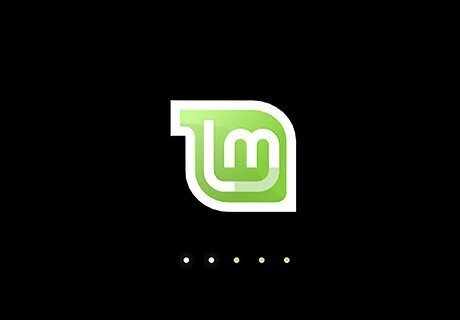
Wait for the Linux desktop to load. It shouldn't take more than a few minutes. Once it finishes, you can proceed with installing Linux.
Preparing to Install (Mac)
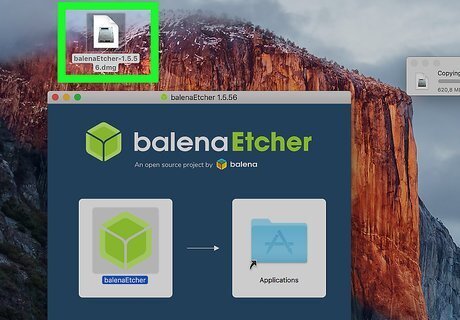
Install Etcher. Double-click the etcher DMG file, verify the download if prompted, and then click and drag the "etcher" icon onto the Applications folder.

Open Etcher. You can find it in the Applications folder.
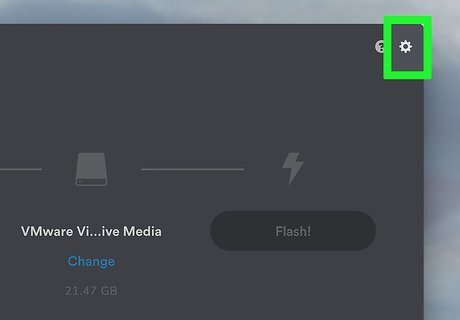
Click the gear icon. It's in the top-right side of the Etcher window.
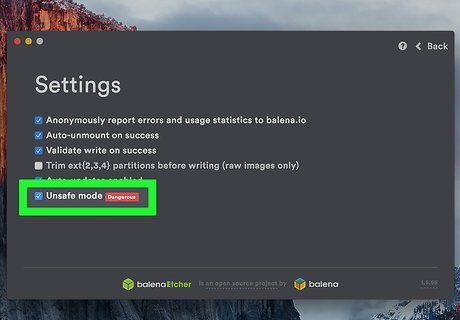
Check the "Unsafe mode" box. This option is near the bottom of the page.
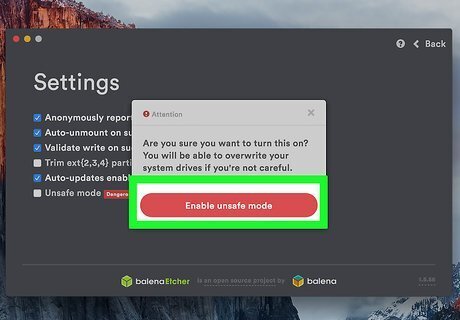
Click Enable unsafe mode when prompted. Doing so will enable Unsafe Mode, which allows you to write the ISO file onto any drive. Click the back button at the upper-right side of the page to go back when you're finished.
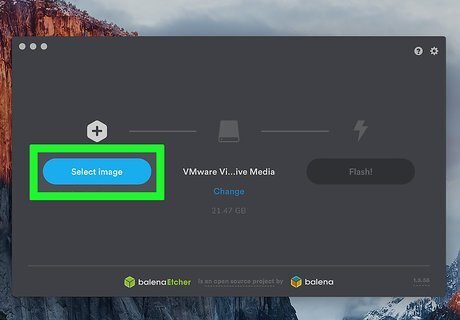
Click Select image. This blue button is on the left side of the Etcher window.
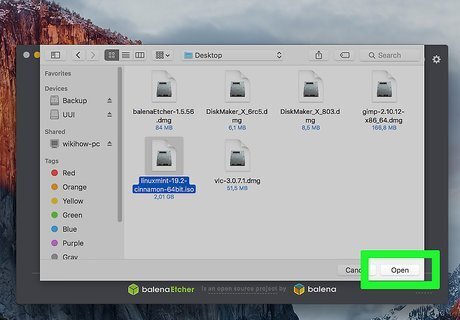
Select the Linux Mint ISO file and click Open. This selects the Linux Mint image.
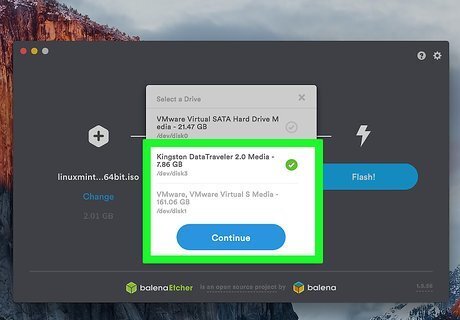
Select your flash drive. To do so, click Select drive, click your flash drive, and then click Continue.

Click Flash!. This blue button is on the far-right side of the Etcher window. Doing so will create a bootable version of Linux on the USB drive, allowing you to install Linux from the drive.
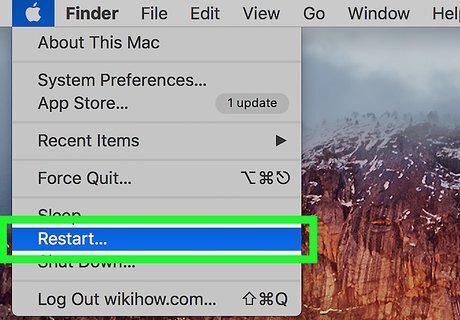
Restart your Mac. Click the Apple menu Mac Apple, click Restart..., and click Restart when prompted.
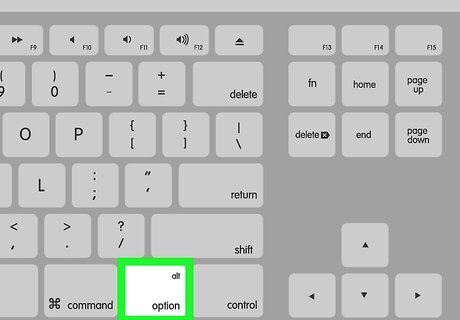
Immediately hold down the ⌥ Option key. You'll hold this down until you arrive at the boot options screen. Make sure that you start holding down this key immediately after clicking Restart a second time.
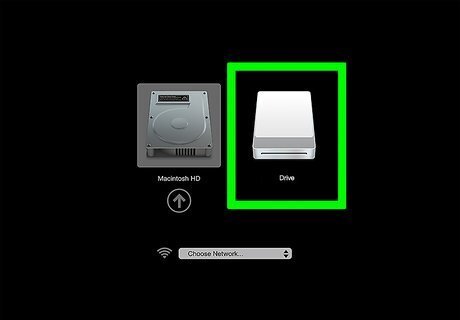
Click EFI Boot. In some cases, you'll click your flash drive's name or the Linux Mint option instead. This will open the Linux Mint installation screen.
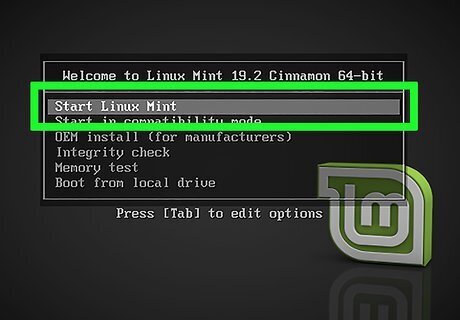
Select the "Linux Mint" option and press ⏎ Return. For Linux Mint 18.3, for example, you'd select Boot linuxmint-18.3-cinnamon-64bit here. The wording will vary slightly depending on the version of Linux Mint and your computer's bit number. Don't select the "acpi=off" version of Mint.
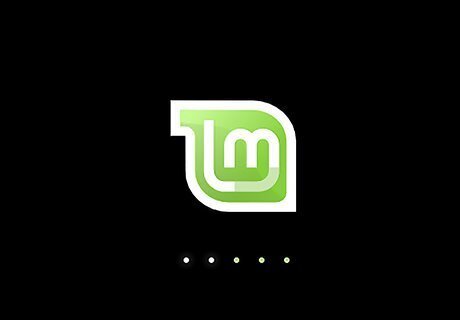
Wait for the Linux desktop to load. It shouldn't take more than a few minutes. Once it finishes, you can proceed with installing Linux Mint on your Mac.
Installing Linux
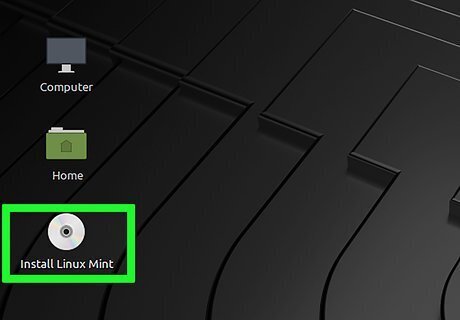
Double-click Install Linux Mint. This disc-shaped icon is on the desktop. A window will open.
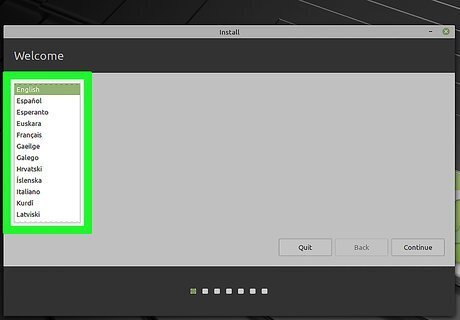
Select a setup language. Click the language that you want to use, then click Continue in the bottom-right corner of the window.
Set up Wi-Fi. Click a Wi-Fi network, enter the password in the "Password" text field, click Connect, and click Continue.
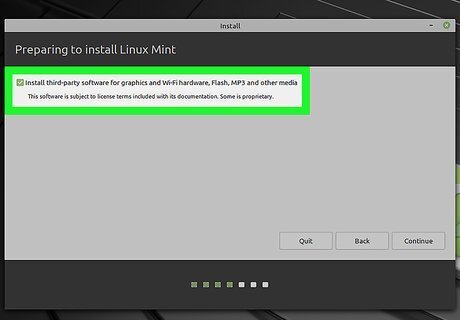
Check the "Install third-party software" box. It's at the top of the page.
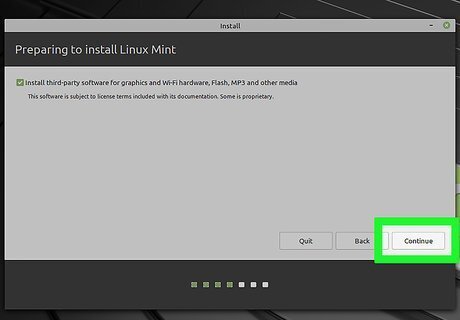
Click Continue.
Click Yes when prompted. This will indicate that you want to erase any previous partitions and merge your computer's hard drive space.
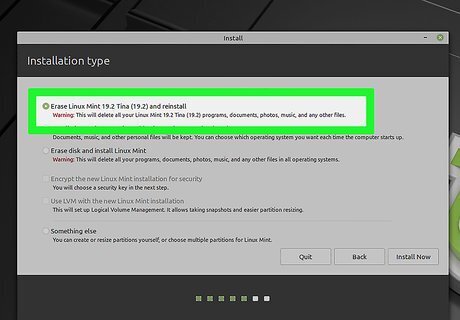
Indicate that you want to replace your operating system with Linux. Check the "Erase disk and install Linux Mint" box, click Continue, click Install Now, and click Continue when prompted.
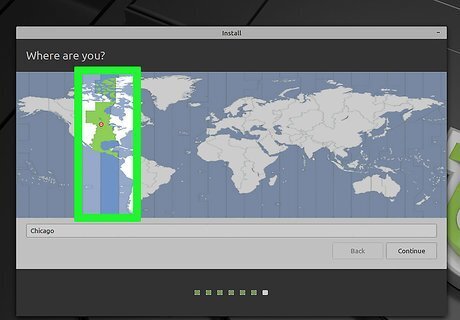
Select a time zone. Click a vertical time zone bar that correlates with your geographic location, then click Continue in the bottom-right corner.
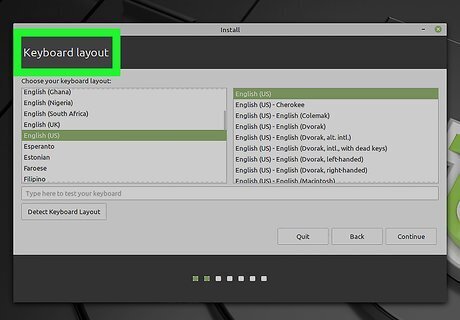
Select an operating system language. Click a language on the left side of the window, select a keyboard layout on the right side of the window, and click Continue.
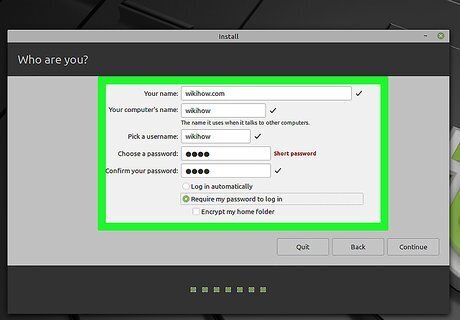
Enter your personal details. This includes typing in your name, your computer's name, your preferred username, and a password, and then clicking Continue. Linux will begin installing onto your computer.
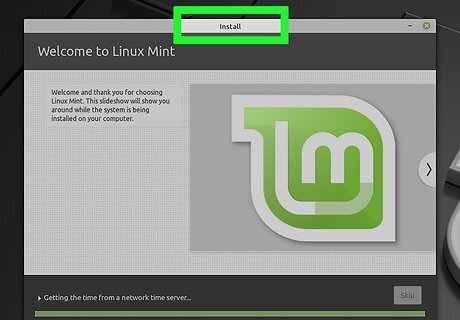
Remove the USB flash drive from your computer. While your Mac probably won't try to reinstall Linux when rebooting, it's best to limit the number of boot options during the initial installation phase.
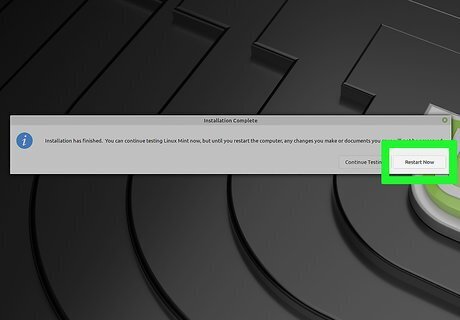
Click Restart Now when prompted. Doing so will cause your computer to restart, thereby saving the installation on your hard drive. You will now be able to use Linux on your computer like any other operating system.




















Comments
0 comment